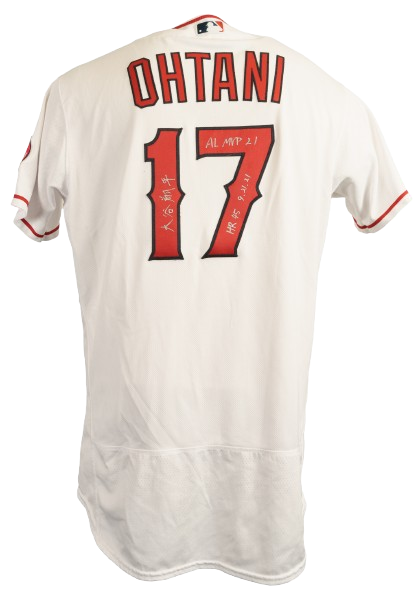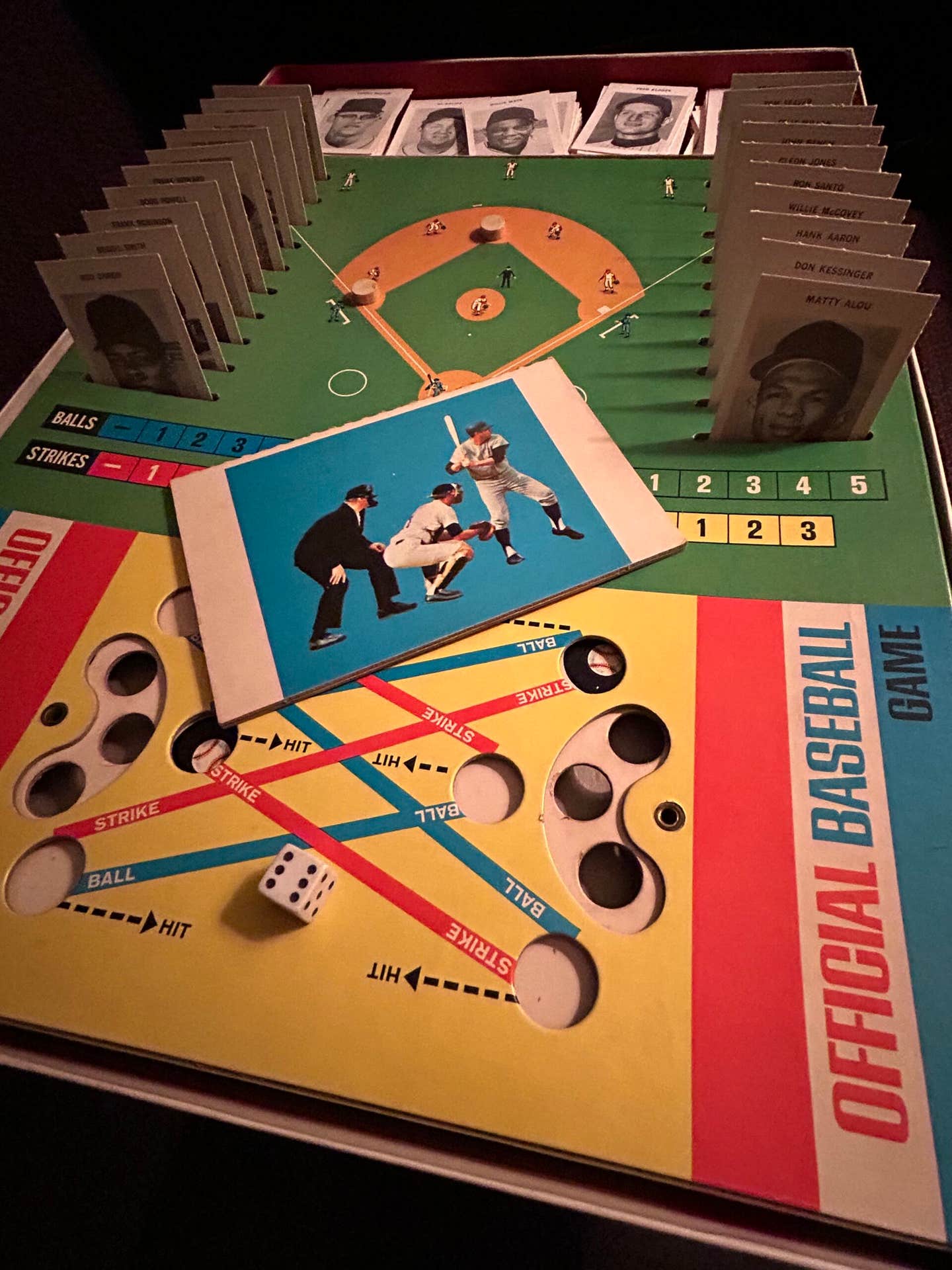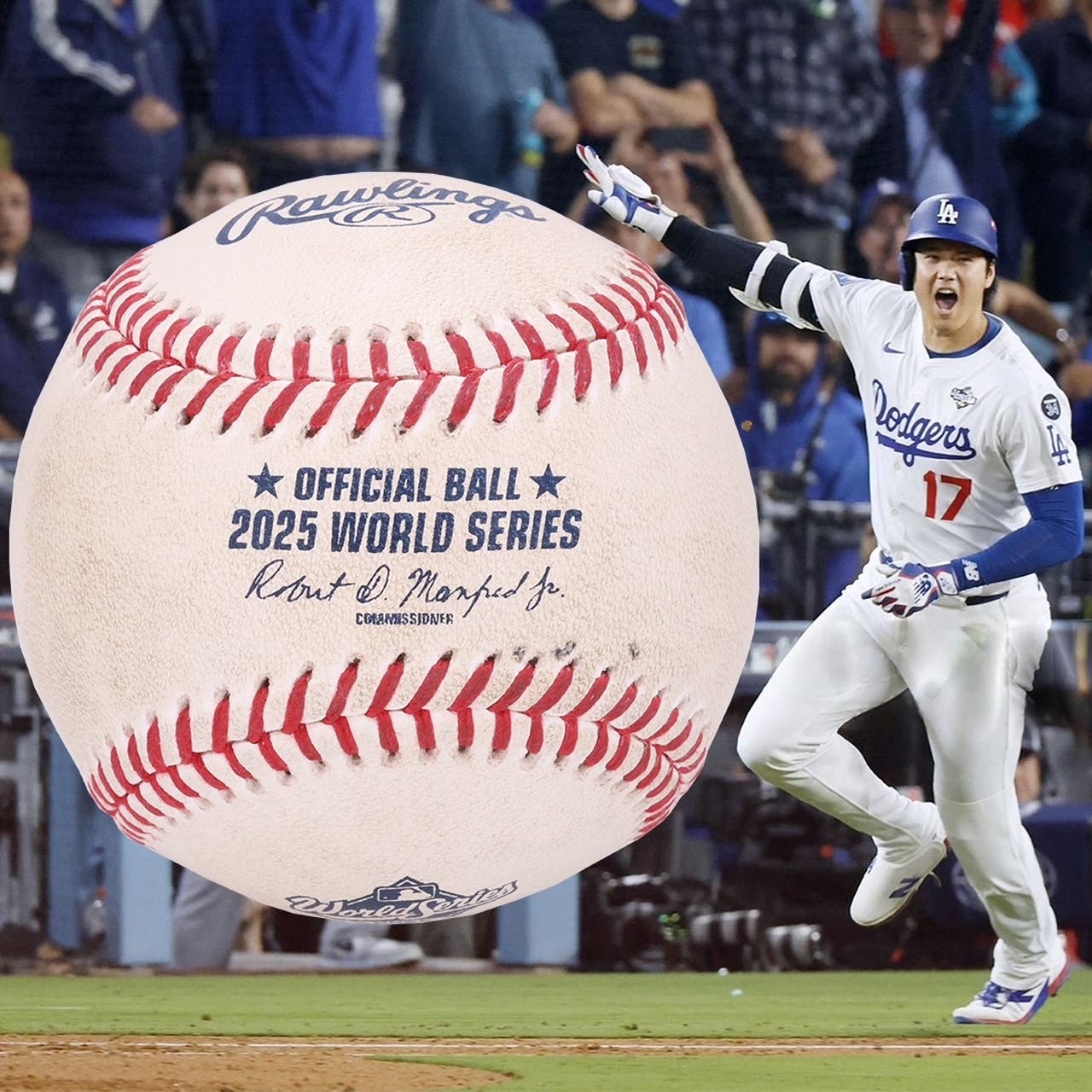Memorabilia
The 1934 Tour of Japan and the Resulting Cards
By Rob Fitts
On Nov. 2, 1934, nearly a half-million fans lined the streets of Tokyo to welcome Babe Ruth and the All American Baseball team to Japan. Confetti and streamers fluttered down from multi-storied office buildings, as thousands waved Japanese and American flags and cheered wildly. “Banzai! Banzai, Babe Ruth!” Reveling in the attention, the Bambino plucked flags from the crowd and stood in the back of an open limousine waving a Japanese flag in his left hand and an American in his right. Finally, the crowd couldn’t contain itself and rushed into the street to be closer to the Babe. Traffic stood still for hours as Ruth shook hands with the multitude.
The All-Americans would stay in Japan for a month, playing 18 games in 12 cities. The squad was the strongest lineup ever assembled outside of Major League Baseball’s All-Star games. At first base was Lou Gehrig, Charlie Gehringer played second, Jimmy Foxx third and defensive wizard Eric “Rabbit” McNair held down short. The outfield consisted of Ruth, Earl Averill and Bing Miller in center. Behind the plate was linguist Moe Berg and Philadelphia Athletics rookie backstop Frankie Hayes. Harold Warstler was the team’s lone utility player.
Lefty Gomez headed the four-man rotation, followed by Earl Whitehill, Joe Cascarella and Clint Brown. Accompanying the team were Connie Mack, who contrary to popular opinion did not manage the squad but was sent by Commissioner Kenesaw Mountain Landis to supervise the ballplayers on this important cultural exchange, and Lefty O’Doul, who helped organize the team and would serve as their coach.
To challenge the Americans, Yomiuri newspaper owner and tour organizer Matsutaro Shoriki brought together Japan’s best amateur players to form the All Nippon team. The squad included 11 future members of the Japan Hall of Fame and numerous colorful personalities. In particular, three players stood out. The first was hard to miss. Blonde-haired, blue-eyed and 6-foot-3, 18-year-old Victor Starffin was the son of a Russian military officer who had served Czar Nicholas II. During the Russian Revolution, the Starffins escaped by traveling in a freight train packed with typhoid patients and later hiding from the Red Army in a truck carrying corpses. After years on the run, the family settled in Japan. Young Victor fell in love with baseball and soon became a regional star. He hoped to play college ball, but in 1933, his father was convicted of murdering a young woman who worked in his teashop. Shoriki promised to use his influence to help Victor’s father if the young man would forsake college and play for the All Nippon team.
All Nippon also included an American who hoped to become the first ethnic Japanese to make the Major Leagues. Jimmy Horio was born in Hawaii and played semi-pro for several years without breaking into organized baseball. Hearing that Shoriki was creating a team to challenge the visiting Major Leaguers, Horio traveled to Tokyo to try out. He hoped a stellar performance against the All Americans would lead to a Major League contract. As a switch-hitter with power, Horio made the All Nippon team easily and hit clean up, but would fail to impress the Americans.
The tour would make 17-year-old, high school pitcher Eiji Sawamura a national hero. On Nov. 20, Sawamura pitched the game of his life in the small town of Shizuoka at the foot of Mount Fuji. He recorded 11 straight outs including consecutive strikeouts of Gehringer, Ruth, Gehrig and Foxx before the Bambino broke up his no-hitter. The shutout continued until Gehrig homered in the seventh to give the Americans a 1-0 victory. Sawamura would become Japan’s top professional pitcher before dying in World War II.
The All Americans dominated the Japanese, winning every game and outscoring the All Nippon team by a combined 181-36 score. But the Japanese fans didn’t care. Hundreds of thousands attended the games to watch the American stars, and especially the Babe, hit towering home runs. Thousands more lined the streets just to catch a glimpse of the American players. Seeking to capitalize on the tour’s popularity, newspapers and magazines covered every detail and included collectible inserts, such as posters and team pictures, to boost sales. The tour also spawned some of the rarest known baseball cards of Babe Ruth, Lou Gehrig and other tour members.
Tour of Japan cards
Three sets depicting the touring All Americans have been identified so far and are listed in Gary Engel’s Japanese Baseball Card Checklist and Price Guide: Vintage Edition. All are extremely rare with only a few examples of each card known to survive.
These issues were printed on thin white stock with black-and-white or sepia photographs on the fronts and blank backs. In Japan, this style of collectible cards are called bromides. The term originally derived from the Marubell Company of Tokyo, which began selling black-and-white portraits of celebrities printed on silver bromide photographic paper in 1921. Over time, the term bromide was applied to any collectible celebrity image produced on either photographic paper or heavy paper stock. One can still visit the Marubell Company’s shop, located close to Asakusa Temple in Tokyo, and buy bromides of vintage celebrities and ball players produced from the original negatives.
JBR 48
The largest of the 1934 tour sets, known only by the catalog number JBR 48, contains 20 cards – 10 Americans and 10 Japanese. About the size of a 1951 Bowman, each card measures 1-13/16-by-2-9/16 inches. American players are depicted wearing their Major League uniforms.
Several key Americans are missing from this set. There are no cards of Hall of Famers Gehrig, Averill and Gehringer. Miller, McNair, Warstler, Cascarella and Hayes are also missing. The set does, however, include two players that did not make the trip to Japan.
Charlie Berry, of the Philadelphia Athletics, was supposed to be the team’s catcher. En route to Vancouver to board the Empress of Japan, Berry developed appendicitis and was rushed to the hospital for emergency surgery. Philadelphia Athletics rookie catcher Frankie Hayes caught a rare cross-country air flight to reach Vancouver in time to fill Berry’s place for the touring All Americans. Hayes would share the backstop duties with Moe Berg, who some believe was on the tour to spy for the U.S. government.
The inclusion of Bobo Newsom in the set is surprising. Newsom did not make the trip to Japan, nor was he a last-minute cancellation. We can only surmise that at one point, he was on the roster of players expected to participate.
The set’s Japanese players consist of former collegiate stars expected to make All Nippon’s starting lineup. They include five Japanese Hall of Famers: Kuji, Makino, Mihara, Mizuhara and Yamashita. The Jiro Kuji card is particularly noteworthy, with a $1,000 book value, as it is one of this star’s few cards. Kuji was Japan’s top catcher from 1920-34 but refused to join the newly formed professional league in 1936. He died from injuries sustained in an amateur game in 1939 and became a member of the inaugural class of the Japan Baseball Hall of Fame in 1959.
Two of the players included in the JBR 48 set (Kikuya and Miyawaki) never actually played against the All Americans, while All Nippon’s biggest stars – Sawamura, Starffin and Horio – are omitted. In fact, there are no identified cards of Sawamura from his playing days. His first known card dates to 1978.
1934 Maruzen All American Tour
The 1934 Maruzen All American Tour set is one of the rarest and most sought after Japanese baseball issues. Issued in two eight-card packs, the only known complete 16-card set resides at the Japan Baseball Hall of Fame at the Tokyo Dome. Two complete Series A packs exist in private collections but no Series B cards are known to be held privately.
The packs are white paper envelopes with blue printing. Across the top in Japanese is “The World’s Strongest Team – All American Baseball Club.” Below this headline are the lyrics to the Keio University baseball fight song, while just to the left of the lyrics is the Maruzen company logo with the note that the pack contains an eight-card set. Cards measure 2-7/8-by-4-1/16 inches.
The Maruzen set contains all of the Americans included in the JBR 48 set plus a card of Lou Gehrig and a second card of Ruth. Once again Averill, Gehringer, Miller, McNair, Warstler, Cascarella and Hayes are absent, while Berry and Newsom are present.
The set contains just three Japanese players. Jiro Kuji and Nobuo Kura are once again included. Joining them are two cards of Hall of Fame pitcher Masao Date, a star with Waseda University. Date pitched well against the visiting Major League All-Star team in 1931 and had the best overall stats against the All Americans in 1934 despite losing all three of his games and posting a 7.00 ERA.
JBR 72
The third tour set, known by its catalog number JBR 72, consists of eight postcard-sized bromides featuring Babe Ruth. The photographs are printed in sepia and each card contains a facsimile Bambino autograph. Six of the eight cards depict only Ruth, but one features Ruth standing next to Gehrig, while in another he poses with Jiro Kuji.
Unlike the JBR 48 and Maruzen sets, the photographs in this set depict players in their All American uniforms. The backgrounds suggest that the photographs were taken on Nov. 3 when the team practiced at Yatsu Stadium in Chiba.
Lasting impression
The 1934 All American tour was a resounding success. Fan enthusiasm generated by the trip led to the creation of the Nippon Pro Baseball League in 1936. Shoriki kept the core of the All Nippon squad together, renaming them the Yomiuri Tokyo Giants. The team would dominate Japanese baseball for decades.
The ballplayers’ visit also helped ease growing tension between the United States and Japan. At its conclusion, Connie Mack called the tour, “one of the greatest peace measures in the history of nations” and claimed that the trip did “more for the better understanding between Japanese and Americans than all the diplomatic exchanges ever accomplished.” But this feeling of goodwill did not last long.
Two months after the All Americans left Japan, Katsusuke Nagasaki, a member of the ultranationalist War Gods Society, attempted to behead organizer Matsutaro Shoriki. When arrested, Nagasaki told police that he had attacked Shoriki for defiling the memory of the Meiji Emperor by allowing the All Americans to play in the stadium named in the ruler’s honor. The rift between the United States and Japan would gradually widen, culminating in the attack on Pearl Harbor. Another American professional baseball team would not tour Japan until 1949.
JBR 48 Checklist
All Americans
o Moe Berg
o Charlie Berry
o Clint Brown
o Jimmie Foxx
o Lefty Gomez
o Connie Mack
o Bobo Newsom
o Lefty O’Doul
o Babe Ruth
o Earl Whitehill
All Nippon
o Jiro Kuji
o Shuichi Kikuya
o Nobuo Kura
o Naotaka Makino
o Osamu Mihara
o Tamaki Miyawaki
o Shigeru Mizuhara
o Mamoru Sugitaya
o Kumeyasu Yajima
o Minoru Yamashita
1934 Maruzen All American Tour checklist
Series A
o Charlie Berry
o Masao Date
o Lou Gehrig
o Lefty Gomez
o Nobuo Kura
o Connie Mack
o Babe Ruth
o Earl Whitehill
Series B
o Moe Berg
o Clint Brown
o Masao Date
o Jimmie Foxx
o Jiro Kuji
o Lefty O’Doul
o Bobo Newsom
o Babe Ruth
JBR 72 1934 Babe Ruth Bromide checklist
o Ruth Clapping
o Ruth Cocking Arm
o Ruth Mid Swing
o Ruth Thighs Up portrait
o Ruth Start of Windup
o Ruth Waist Up portrait
o Ruth with Gehrig
o Ruth with Kuji
Rob Fitts is the author of "Banzai Babe Ruth: Baseball, Espionage and Assassination During the 1934 Tour of Japan" (University of Nebraska Press, 2012) and two other books on the history of Japanese baseball.








